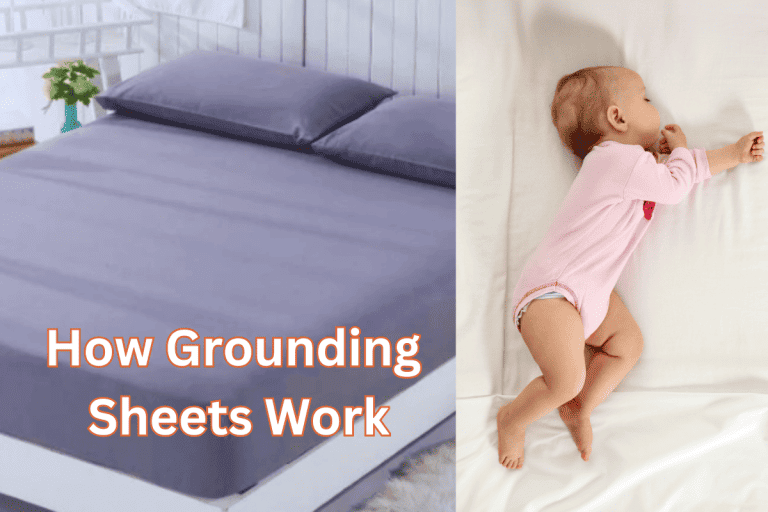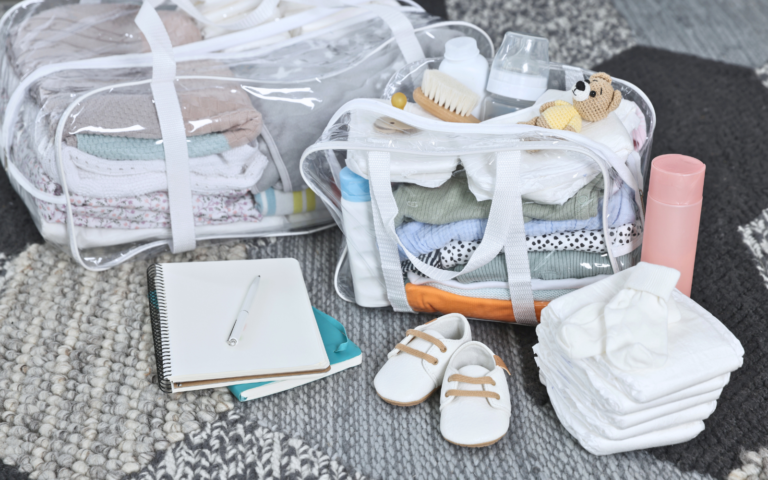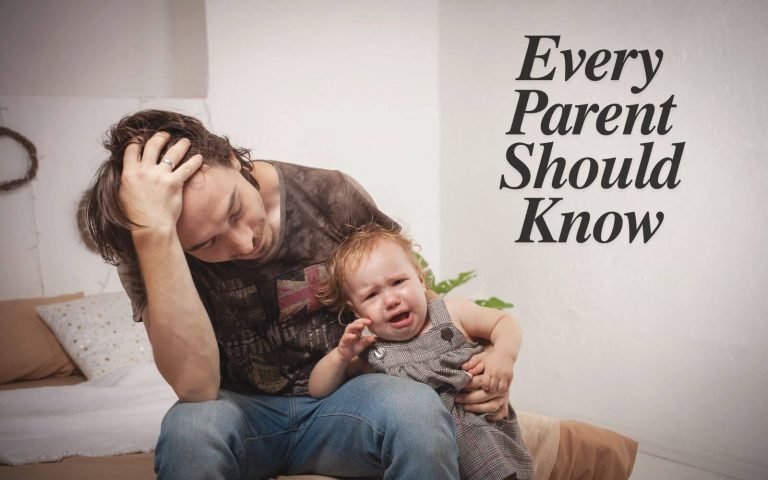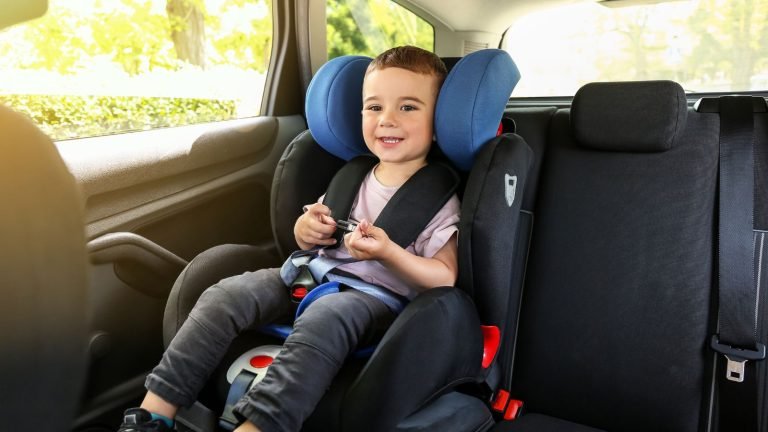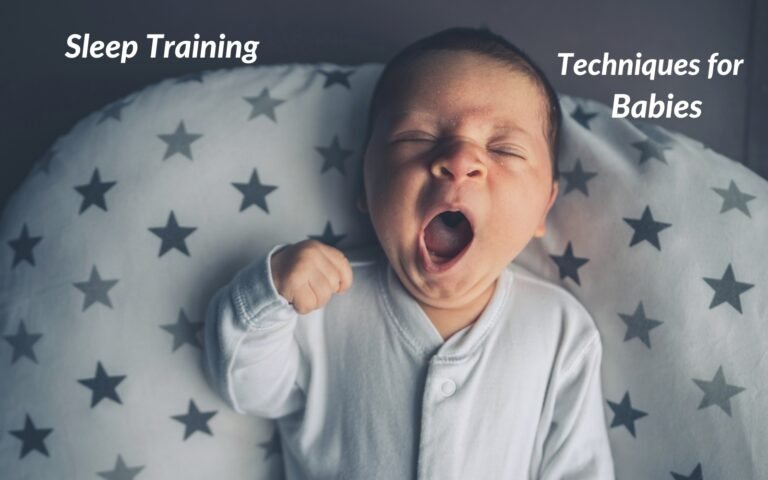Ultimate Guide to Choosing the Perfect Nursery Bookshelves for Your Little One in 2025
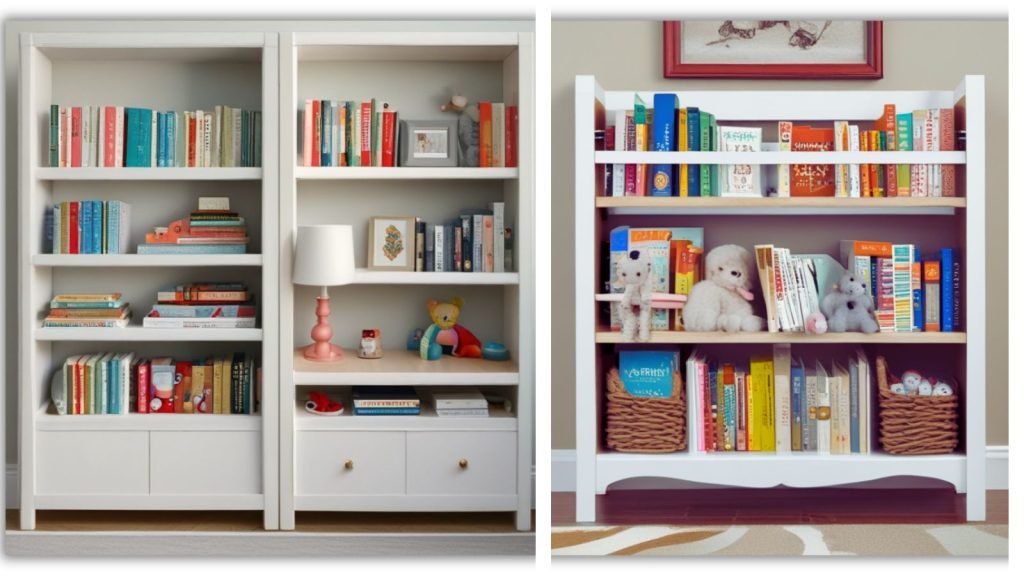
Welcome to “The Ultimate Guide to Choosing the Perfect Nursery Bookshelves for Your Little One”!
Nursery bookshelves hold more than just books; they’re gateways to a world of wonder and discovery for your child. A well-organized nursery with accessible bookshelves creates an inviting environment that promotes learning. It sets the stage for a more engaging and immersive experience for your child, making learning fun and exciting.
These shelves offer storage and the magic of exploration, enhancing early childhood development through play and learning. By organizing books and toys in an accessible way, you create a space that sparks curiosity and fosters a love for reading from the earliest age.
In this ultimate guide, we’ll help you to choose the perfect nursery bookshelves for your little one. Let’s dive into nursery bookshelves, where each shelf promises endless stories and imagination!
Key Takeaways – Choosing the Perfect Nursery Bookshelves
- Nursery bookshelves keep toys and books organized for easier learning and playing.
- A tidy nursery with shelves at hand height makes playtime and reading more enjoyable.
- Pick shelves that match your child’s age, like sturdy ones for babies and adjustable ones for older kids.
- Choose wood, metal, or plastic shelves based on what you like and how long you want them to last.
- Secure shelves to prevent accidents, especially with little ones around.
- Use bins or baskets for quick clean-up and arrange toys and books for easy access.
Determining Your Nursery Bookshelf Requirements
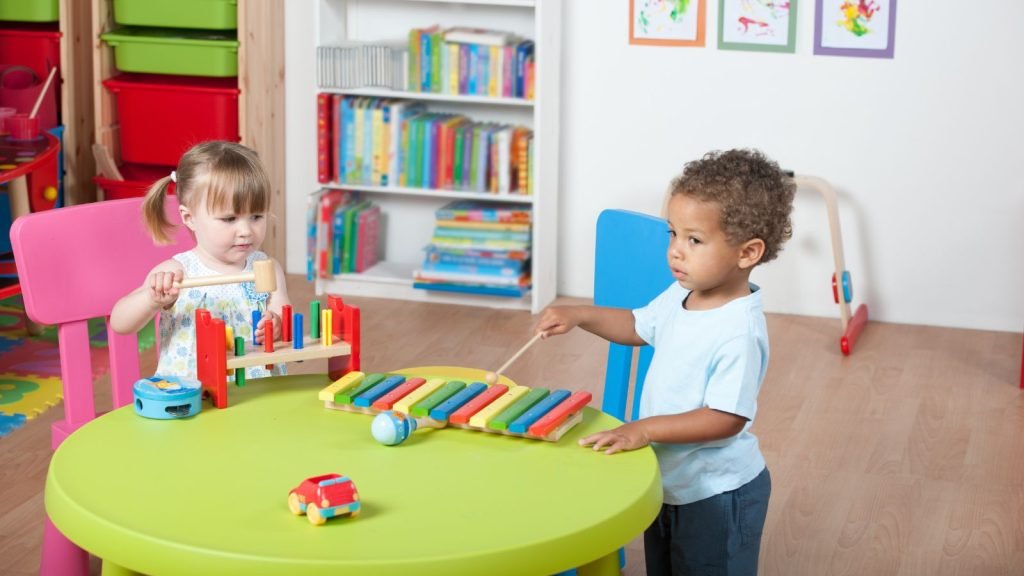
When finding the perfect nursery bookshelf, start by understanding what you need:
Assessing Storage Needs
Consider the number of books, toys, and items your child has now and might get later. A bookshelf that grows with their collection makes playtime a breeze.
Evaluating Space and Accessibility
Measure your nursery space and ensure the bookshelf is easy for your child to reach. Letting them explore independently fosters learning.
Considering Your Child’s Age
Choose sturdy, low-profile shelves for babies. Toddlers need safe and durable options, and as they grow, they adapt the shelves to their changing needs. If you’re considering upgrading your child’s bed alongside their bookshelf, check out our guide on Best Loft Beds for Kids.
Choosing the Perfect Nursery Bookshelf
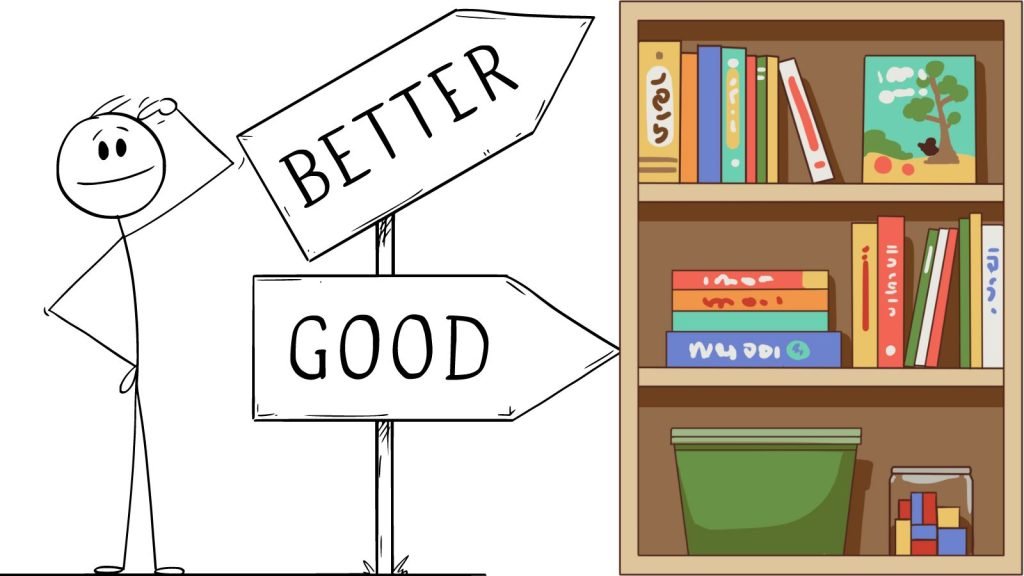
When picking the right bookshelf, you should consider a few things.
Size and Type
Depending on your room, decide between wall-mounted or freestanding shelves. Adjustable shelves are great for growing collections, while open shelves offer easy access.
Material and Durability
Choose wooden for classic charm, metal for a modern touch, or plastic for a budget-friendly option. Each has its durability and style.
Style and Design
Match the bookshelf with your nursery’s theme and color scheme. Traditional or contemporary, add personal touches like themed bookends for flair.
Nursery Bookshelf Options for Different Ages
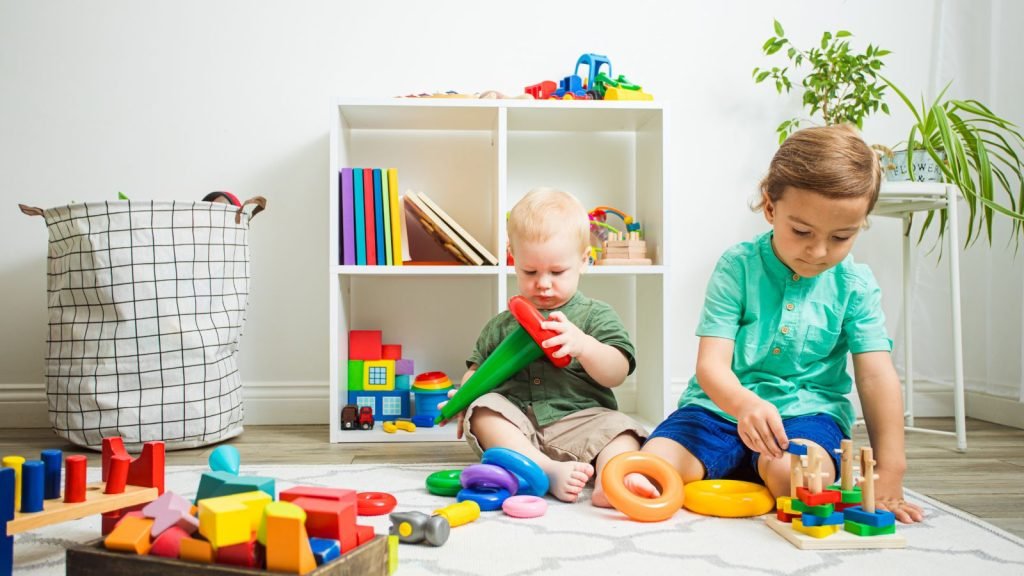
Best Shelves for Babies and Toddlers
For the littlest ones, opt for low-profile and accessible shelves. These make it easy for them to reach their toys and books. Consider options like the Sprout Infant Shelf or the Cube Shelf for a safe and engaging experience.
If you’re transitioning your toddler’s sleeping arrangement, you may want to read our guide on How to Choose a Toddler Floor Bed for helpful tips.
Older Toddler/Preschool+ Shelving
Choose adjustable and expandable shelves as your child grows to accommodate their expanding interests. Shelves like Besta or Sprout Luce offer versatility, adapting to their changing needs as they explore new worlds through books and toys.
Elementary-Age Shelving Solutions
For elementary-aged children, use taller and more substantial bookshelves. These offer ample space for their growing book collection and other treasures. Look into options like the Billy series and others for sturdy and stylish storage.
Safety and Organization Tips
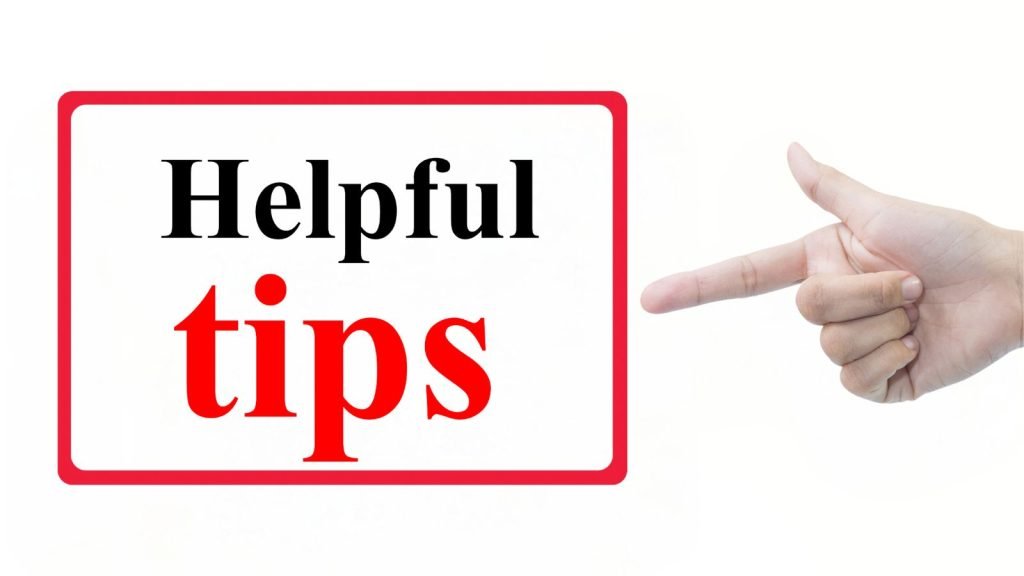
Anchoring Systems for Stability
Ensure your nursery bookshelf is secure with anchoring systems. This prevents tipping, especially when your child is eager to grab their favorite book or toy. Safety first!
Baskets or Bins for Organization
Use baskets or bins to keep your nursery tidy and items within easy reach. These help categorize toys, books, and items, making clean-up time a breeze. Plus, labeling them adds a fun and educational element.
Arranging Books and Toys
Arrange books and toys on the shelves for easy access and visibility. Place favorite books at eye level to encourage independent reading. Keep toys within reach for playtime that sparks creativity and exploration.
If you’re designing a multifunctional space, consider integrating a loft bed with built-in storage. Check out our guide on What to Look for in a Quality Toddler Loft Bed to explore great options.
Summary
In conclusion, finding the right nursery bookshelf involves considering your storage needs, space, and child’s age. By selecting shelves that are safe, accessible, and engaging, you create an environment that nurtures their curiosity and love for learning.
Create an inviting and organized space in your nursery where your child can explore, discover, and grow. Whether you choose shelves for babies, toddlers, or elementary-age children, each option adds to the magic of their world.
So, why wait? Begin your search for the perfect nursery bookshelf today and embark on a journey of creating a nurturing and inspiring space for your little one. Happy reading and exploring!
Frequently Asked Questions
How Far Apart Should Nursery Bookshelves Be?
It depends on your space and needs, but a general guideline is about 12-18 inches between shelves. This allows for books and toys of different sizes to fit comfortably.
What is the Best Size Bookshelf?
The best size depends on your nursery’s dimensions and your needed storage. Consider a height your child can easily reach and a width that fits your space without overwhelming it.
What is a Standard Bookshelf?
A standard bookshelf typically ranges from 4 to 6 feet in height, 2 to 3 feet in width, and 10 to 12 inches in depth. This size offers a good balance of storage capacity and space efficiency.
How Deep is a Normal Bookshelf?
A normal bookshelf is usually 10 to 12 inches deep. This depth accommodates most standard-sized books without protruding too much into the room.
What is the Purpose of a Bookshelf?
The main purpose of a bookshelf is to organize and store books, toys, and other items neatly and easily. It helps create an inviting, engaging space for reading, learning, and play in the nursery.
